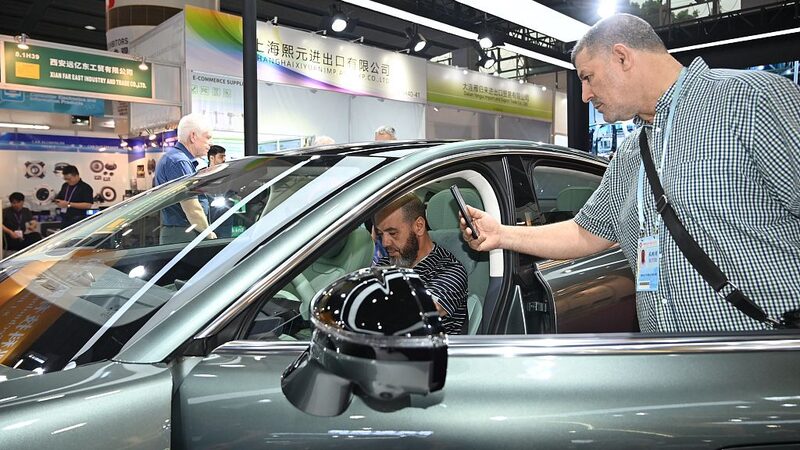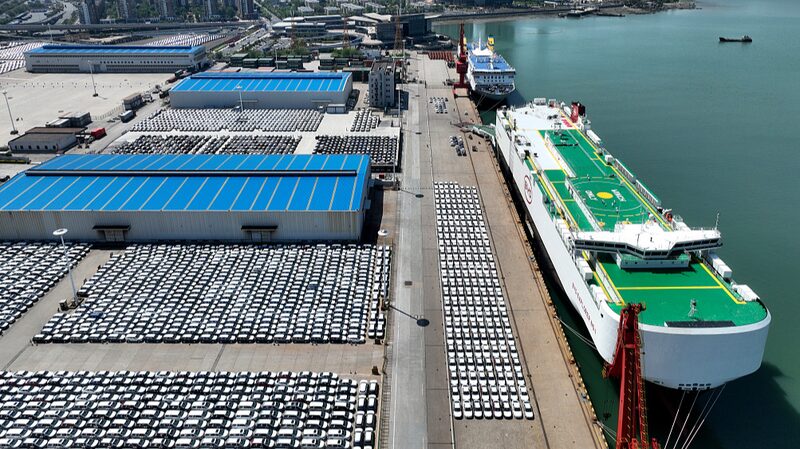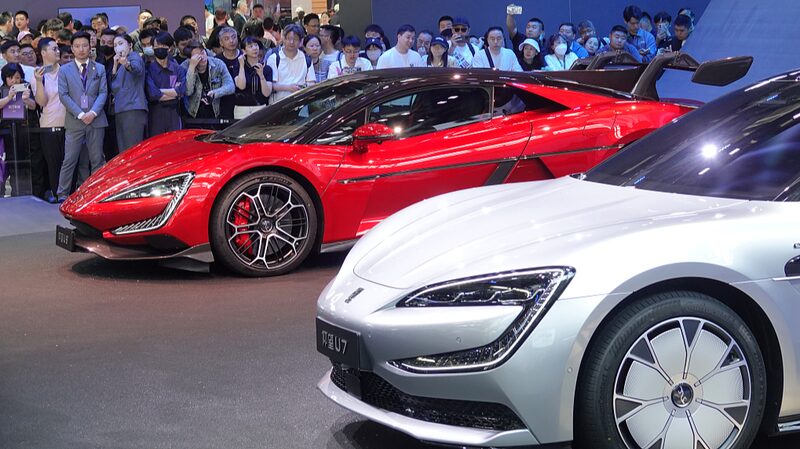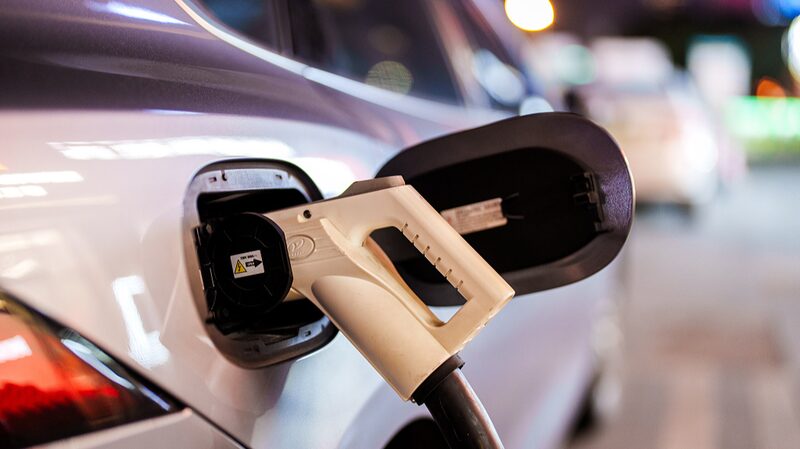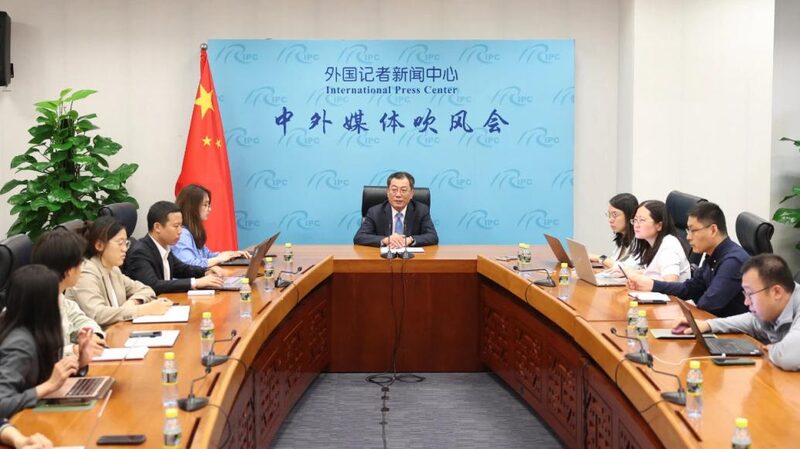China's electric vehicles (EVs), solar panels, and lithium batteries are powering the global green transition—but Western claims of 'overcapacity' are sparking debate. Here's why the numbers tell a different story. 🔋🚗
🔍 The 'Overcapacity' Narrative: Fact or Fiction?
U.S. and European leaders argue China is flooding markets with cheap green tech, but experts say this ignores basic economics. 'If every country only produced what it consumes, global trade would collapse,' said Nicholas Lardy of the Peterson Institute. Think: Should Boeing stop exporting planes? 🌎✈️
💡 Innovation, Not Subsidies
Chinese EVs like BYD dominate not through price cuts but tech breakthroughs. A UBS report found 75% of BYD components are made in-house, thanks to China's robust supply chains. Even Xiaomi launched an EV in just 3 years—talk about #StartupSpeed! 🚀
🌱 Global Demand Is Skyrocketing
The International Energy Agency predicts the world will need 45 million EVs by 2030—4.5x 2022 levels. 'Current production can’t meet this demand, especially in developing countries,' said China’s Vice Finance Minister Liao Min. Meanwhile, the U.S. pumps $369B into clean energy subsidies via its Inflation Reduction Act. 🤷♂️
🌏 Green Tech for a Greener Planet
China’s investments have slashed renewable costs worldwide, says the IEA. From solar farms to EV batteries, its industries are accelerating climate goals. As French entrepreneur Arnaud Bertrand tweeted: 'It’s not overcapacity—it’s unbeatable competitiveness.' 🏆
Reference(s):
China's new energy sector far from 'overcapacity,' facing huge demand
cgtn.com
